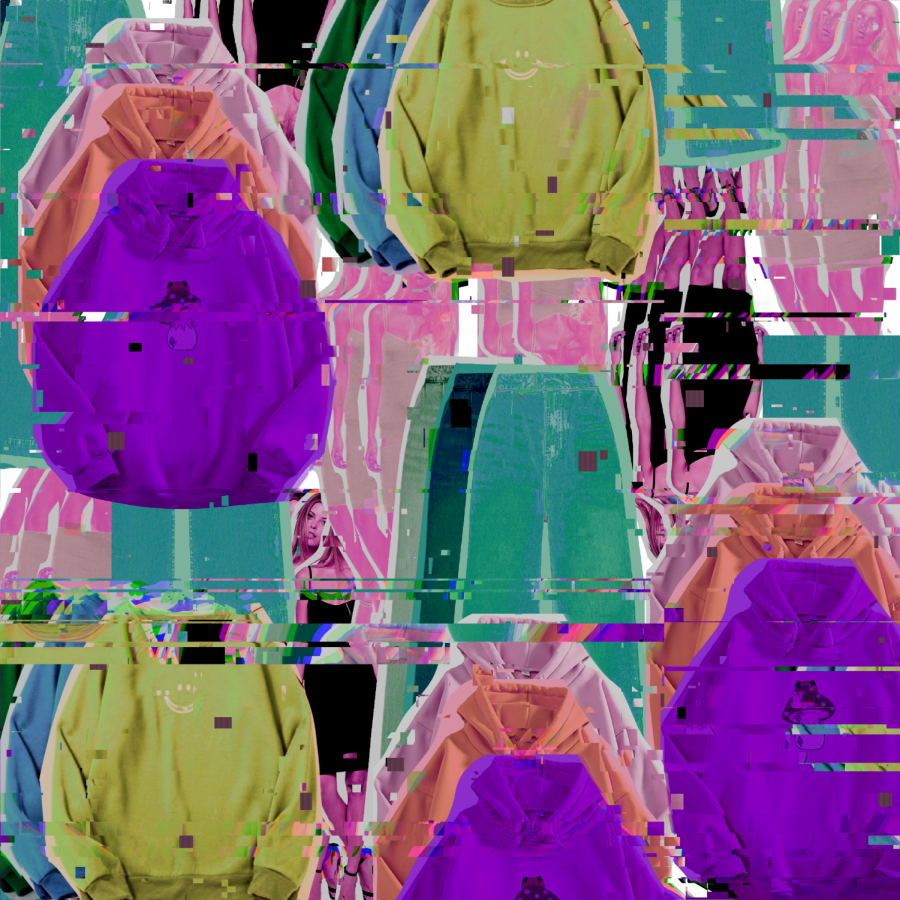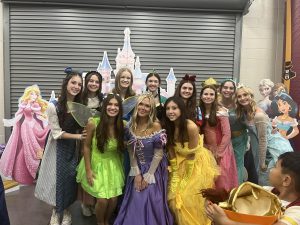The Controversy of Fast Fashion
Original artwork for the Herald
February 8, 2023
You may have heard of certain popular stores that seem to always keep up with the latest trends: H&M, Shein, Forever 21, Urban Outfitters, etc. Though these brands may have cute clothes for a lower price than others, they all have a huge impact on the environment, amongst many other controversial issues. This is because these brands are constantly making clothes, overpackaging them, shipping them across oceans and land, stocking them, putting them on sale, and dumping them into landfills at a rapid pace.
According to Earth.org: “Of the 100 billion garments produced each year, 92 million tonnes end up in landfills. To put things in perspective, this means that the equivalent of a rubbish truck full of clothes ends up on landfill sites every second.” Not only do these brands fill miles and miles of landfills, but the actual making of the clothes wastes SO MUCH water. One T-shirt can take 2,700 litres of water to make. Not to mention the constant release of Co2 into the atmosphere from planes, cargo ships, and trucks shipping the materials.
Additionally, the people within the factories making the goods are highly underpaid and mistreated. For example, workers at a Shein factory are paid about a penny per garment and make about 500 garments a day. That’s equivalent to about five dollars a day. They work constantly and work overtime (unpaid).
Many people say that they only shop at places such as Shein because that is all they can afford. But there are other alternatives, such as thrift shopping, which can also be both cute and inexpensive. So next time you think about buying those cute pants from Forever 21, think twice, considering the impact it makes.
















